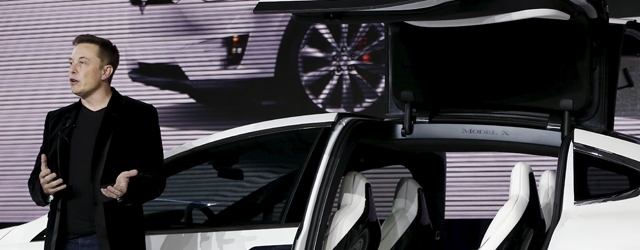Most valuable carmaker in America.

First it surpassed Ford, then GM, then went head to head with Honda and flew past it. With a market valuation of more than $50 billion, in just a few days in April, Tesla became the most valuable carmaker in America and one of the top five worldwide.
However impressive, the feat had the effect of reigniting the long-standing debate surrounding the sustainability of CEO and co-founder Elon Musk’s business model: How can a company that, according to its critics, loses money on each vehicle sold and has never turned a profit be worth so much?
With losses that went from $294 million in 2014 to $889 million in 2015 and $820 million in 2016, Tesla is in a race against time, says Peter Wells, a professor of business and sustainability at the Centre for Automotive Industry Research of Cardiff University in the UK, “Tesla and its investors have to achieve sufficient scale and market penetration to earn profits before the cash runs out.” So far, in Wells’s opinion, this has not been achieved: “Despite all that has been done by the company, most stated targets either have not been hit or have been behind schedule.”
Still, in spite of more than a few bumps along the road, the many investors that have poured cash into the company are convinced that Tesla’s exhilarating ride has just started. While maintaining an almost cultlike following, the company has gradually managed to power its push from niche oddity to mainstream player. From 76,230 electric vehicles delivered in 2016, Tesla’s objective is to ramp up production to 500,000 a year by 2018 and 1 million by 2020.
Whether Tesla will be able to meet these goals or will fall short of expectations, says Wells, the headlines pitching Tesla against US competitors miss a major point: “I am not sure it is a battle between Silicon Valley and Detroit; this is a rather US-centric view. If Tesla wants premium customers, its rivals are the European companies. If mass markets outside the US are a target, it must take on VW, Nissan and Toyota.”



